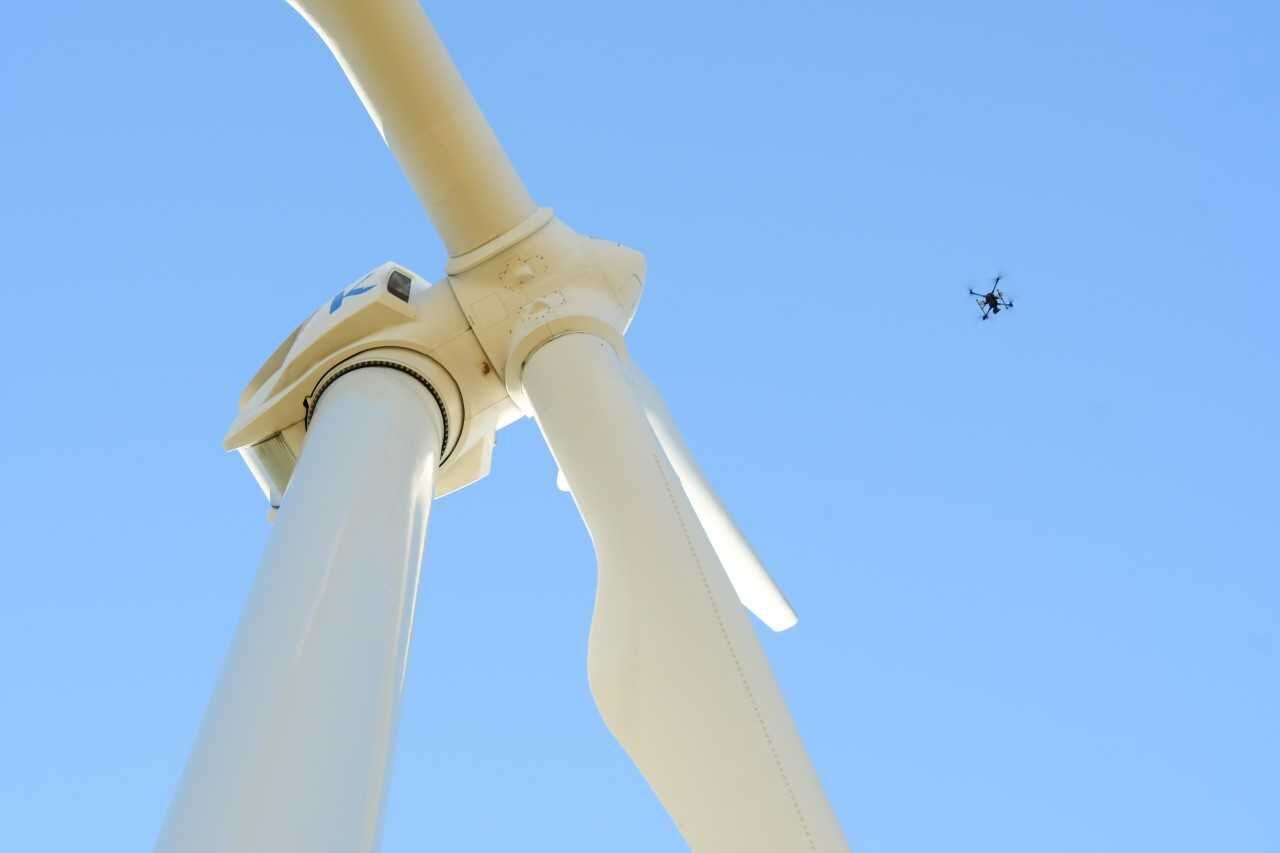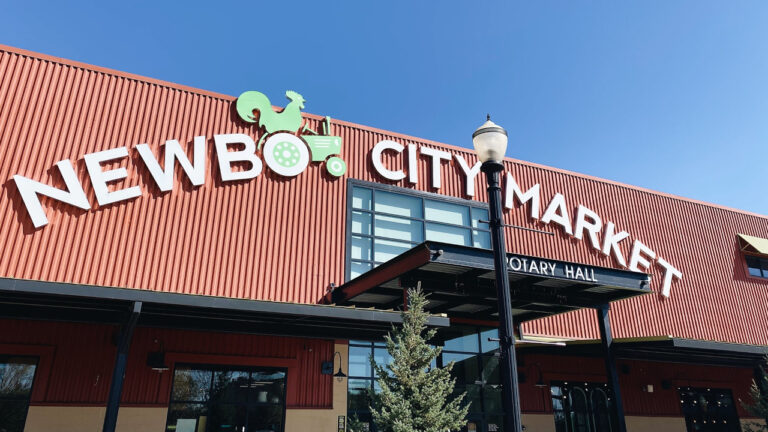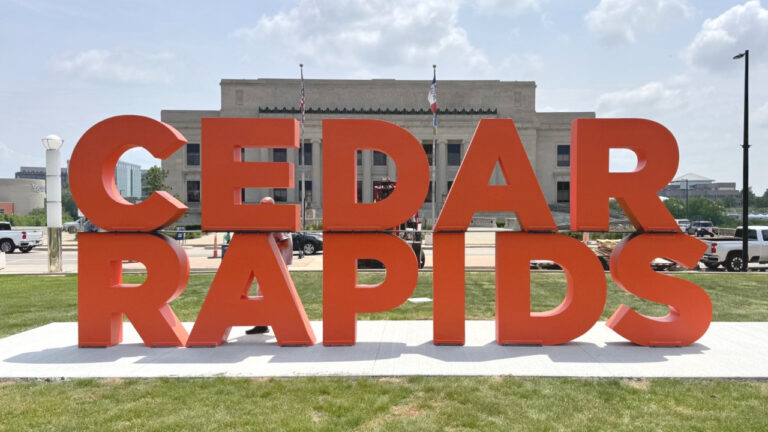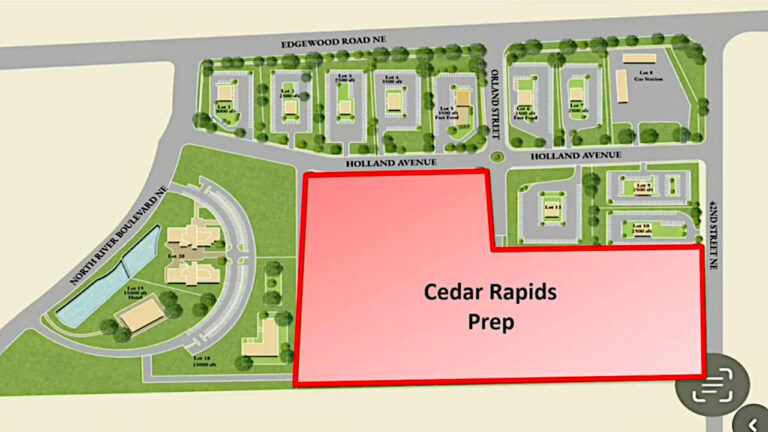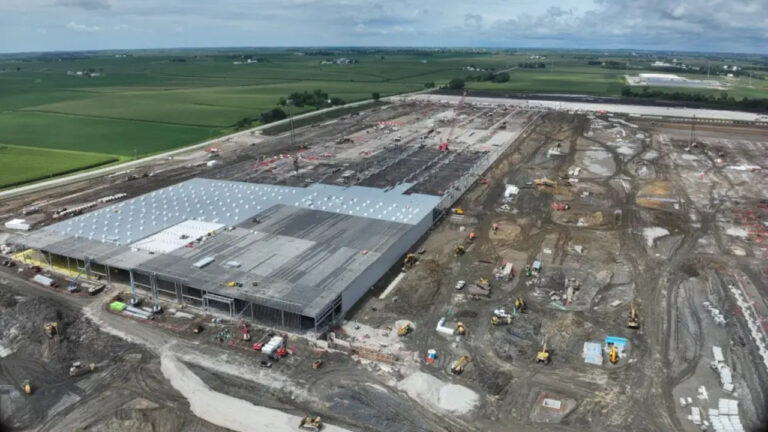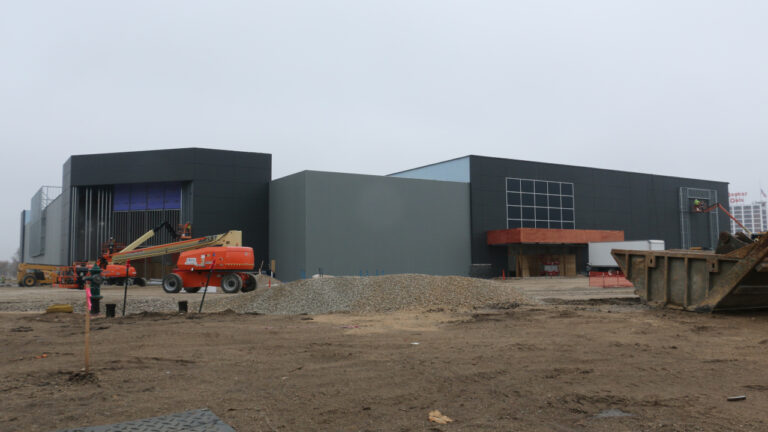Even as the Linn County Board of Supervisors approved the third and final reading July 31 of a revised ordinance governing utility-scale wind energy projects in the county, supervisor Louie Zumbach made it clear his vote doesn’t mean he supports the finances behind many renewable energy projects.
“I want to be completely transparent,” said Mr. Zumbach, the lone Republican on the three-member board, during public comment after the board’s unanimous vote to bring the new ordinance to fruition. “My support for the ordinance has not changed my view, and what I believe is a fact, that whether it’s wind, solar or carbon pipelines, they’re all a result of taxpayer money being given out to companies in the form of tax credits, and that in many cases in the energy sector, it’s then sold back to the people at a guaranteed profit.
“I just have a hard time with that,” he continued. “I don’t know where that’s good for Iowans, that tax credits are (used) to build the factory, and then the gadget is sold back to the customer at a guaranteed profit. I don’t know why the stockholders, stakeholders or shareholders in the company aren’t the ones building the factory, so to speak.”
Despite those concerns, Mr. Zumbach said he felt that overall, the newly revised ordinance is good for the county and any property owners associated with wind energy projects.
“It’s far better than what we had before,” he said. It actually does respect people’s private property rights, those that are participating and those that are not participating. This ordinance keeps separate the bonds for clean-up and the bonds for decommissioning. I think that’s extremely important.”
He also said he supports one of the updates in the revised ordinance, “highly encouraging local labor” in the construction and maintenance of renewable energy projects.
“I’m probably one of the few supervisors that has drove around the parking lots out by Palo,” Mr. Zumbach said, referring to the Duane Arnold Solar I and I projects. “I am pleased to say that most of the (license) plates (on on-site vehicles) are from Iowa. Many are from Linn County. And on a side note, they’re not all brand-new plates, which tells me that they’re not people that just moved here to work on that project. They actually have lived in Iowa for at least long enough to have a beat-up license plate. So I am proud of those things.”
The board voted 2-0 to approve the revised ordinance, with Mr. Zumbach and board chair Kirsten Running-Marquardt voting in favor. Supervisor Ben Rogers was absent.
There are no current utility-scale wind projects in Linn County, and none have yet been proposed. But as Linn County supervisors noted in voting to approve the second reading of the ordinance July 29, the county needs to be proactive to protect its citizens in case of damage-causing failures like those near Mechanicsville, where a pair of wind turbines were struck by lightning, one in March 2023 and another in May 2024, setting one turbine ablaze and strewing fiberglass debris from turbine blades over an area spanning up to 750 acres.
As outlined by Linn County Planning and Development director Charlie Nichols, the new ordinance – developed over the course of several months – include several key modifications made after the ordinance’s first reading, based on comments from the public and from utility representatives.
One primary change, Mr. Nichols said, includes new language about disaster cleanup financial responsibility, under which “we are requiring a bond or some sort of letter of credit, some financial security, in addition to decommissioning financial surety, to ensure that if projects experienced a natural disaster or some other type of disaster, there is funding set aside to make sure they are cleaned up in a responsible and timely manner.”
Other changes include an increase in allowable noise limits from 45 to 55 decibels at property lines, including periodic testing to ensure adherence; removal of a 1,000-foot setback from nearby structures in favor of a setback of two times the height of wind turbines; and the clause encouraging local labor in project construction.
The changes, he said, are indicative of Linn County’s status as a statewide leader in renewable energy ordinances.
“I think these changes we’ve made, between first reading and now, reflect the overall attitude that Linn County has taken towards projects like this, trying to balance allowing renewable energy projects while protecting the public interest,” Mr. Nichols said.
Ms. Running-Marquardt said the new Linn County wind ordinance represents “what kind of Linn County we want to be and where we want to live.”
“We want to have a county where people move here,” she said, “and I think being a leader in renewable energy is a part of that piece, but then also that we are balancing the needs and concerns of citizens as we move forward, balancing all of that and doing it in a way that’s respectful and open.”
On a related note, Mr. Zumbach said in his comments that he felt the Iowa Utilities Commission’s decision to permit the use of eminent domain in the development of proposed carbon pipeline projects is “just wrong.”
“I know that doesn’t have anything to do, technically, with a wind farm,” he said. “But it certainly could.”
The newly-revised wind energy ordinance (see full text below) closely mirrors many of the provisions in the county’s current solar ordinance, including sections addressing the rights of participating and non-participating landowners near a project site, minimum setbacks, agricultural and environmental impacts, emergency response plans and decommissioning plans.
However, the new ordinance does include sections specifically addressing wind turbines, including maximum turbine heights, aircraft safety, impact on birds and their migratory paths, and analysis of “shadow flicker” caused by rotating wind turbine blades.


